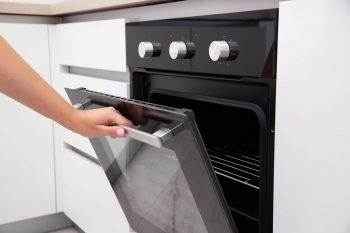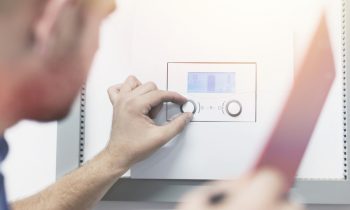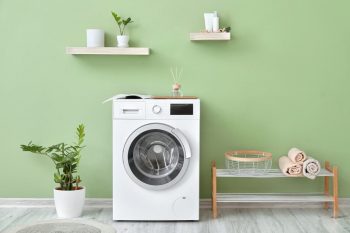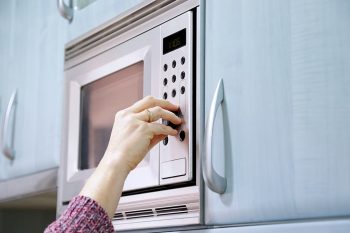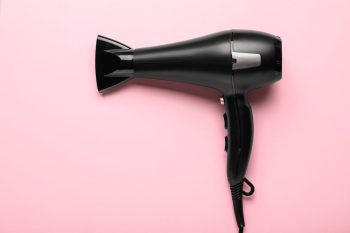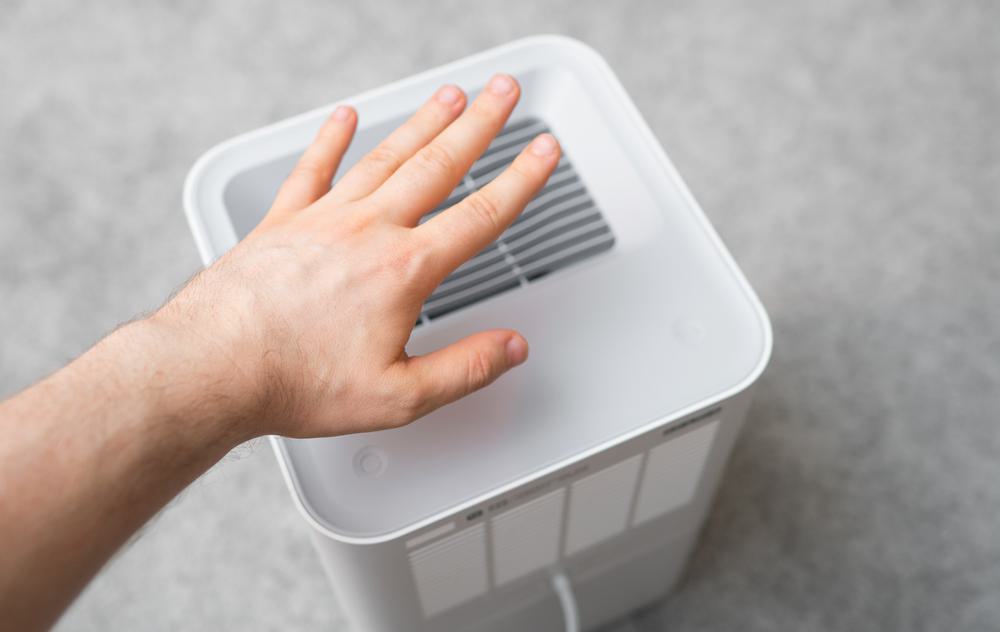
Operating a Hisense Dehumidifier might seem complex, but it’s actually quite easy once you understand the steps involved. This comprehensive guide will walk you through the process of setting up and using your Hisense Dehumidifier, as well as provide tips on cleaning and maintenance, troubleshooting common issues, and ensuring safety.
To set up a Hisense Dehumidifier, find a suitable location with proper airflow, plug it into a grounded three-prong outlet, and press the “Power” button to turn it on. Select your desired operating mode, adjust the humidity level and fan speed according to your preference, and set a timer if needed. Regular cleaning and maintenance of the air filter, exterior, and water bucket will ensure optimal performance.
Setting Up Your Hisense Dehumidifier
Find a Proper Location
Place your Hisense Dehumidifier in a suitable room. The capacity of your dehumidifier, which can range from 30 to 70 pints, determines the size of the room it can effectively dehumidify. Make sure there is at least 12-18 inches of space on the top, back, or sides of the dehumidifier to ensure proper airflow.
Connect the Dehumidifier
Once you have found a suitable location, plug your dehumidifier into a grounded three-prong outlet.
Turn it On
Press the “Power” button to turn on the dehumidifier.
Select the Desired Mode
Hisense Dehumidifiers typically have three modes: Auto Dry, Continuous, and Manual. Select the mode that best suits your needs.
Adjust the Humidity Level
Use the “Humidity +” or “Humidity -” buttons on the control panel to set the desired humidity level.
Set the Fan Speed
Choose between high, low, or auto fan speed.
Set a Timer
If you want the dehumidifier to operate for a specific amount of time, set a timer that ranges from 30 minutes to 24 hours.
Regular Cleaning and Maintenance
To ensure optimal performance and longevity, you should regularly clean and maintain your Hisense Dehumidifier.
Cleaning the Air Filter
Check the air filter every two weeks. Remove the air filter by pulling it down from below the front louvres. Use a vacuum cleaner with a brush attachment to clean the filter or wash it with warm water and mild dish soap. Rinse the filter with cold water and let it dry completely before reinstalling it.
Cleaning the Exterior
Dust the front grille and side panels with a soft brush or the dusting attachment of your vacuum cleaner. Wipe down the dehumidifier with a dry cloth, and use a soft cloth soaked in water to remove any stains.
Cleaning the Water Bucket
Empty and clean the water bucket regularly. Disinfect the water bucket by adding a 1:1 solution of water and white vinegar, and rinse the inside of the water bucket with mild detergent every few weeks to prevent mold, mildew, and bacteria growth.
Troubleshooting Common Issues
Even with proper care and maintenance, you may encounter some issues with your Hisense Dehumidifier. Here are some troubleshooting steps for common problems:
Power Supply Issues
Ensure the dehumidifier is plugged into a grounded three-prong outlet and check if a household fuse has blown or a circuit breaker has tripped. Replace the fuse or reset the circuit breaker if necessary.
Low Indoor Humidity
If the dehumidifier is not collecting water, it could be due to low indoor humidity. Make sure the humidity level in the room is high enough for the dehumidifier to operate effectively.
Dirty or Clogged Air Filter
A dirty or clogged air filter can cause the dehumidifier to overheat and shut down. Check the air filter and clean or replace it if necessary.
Safety Precautions
Lastly, it’s important to follow the safety precautions provided in the Hisense Dehumidifier manual, such as always plugging the dehumidifier into a grounded 3-prong outlet, not operating the appliance if it’s damaged, and not drinking water collected in the water bucket.
Remember, a well-maintained dehumidifier will operate more efficiently and last longer. With these steps, you’ll be able to set up, use, and maintain your Hisense Dehumidifier with ease.
Frequently Asked Questions
What should I do if my Hisense Dehumidifier is not turning on?
If your Hisense Dehumidifier is not turning on, first check to ensure it is properly plugged into a grounded three-prong outlet. If it’s plugged in and still not turning on, check if a household fuse has blown or a circuit breaker has tripped. Replace the fuse or reset the circuit breaker if necessary. If the problem persists, consult the user manual or contact Hisense customer service.
How often should I clean the air filter of my Hisense Dehumidifier?
The air filter of your Hisense Dehumidifier should be checked every two weeks. Depending on the condition of the filter, it may need to be cleaned or replaced.
What happens if the water bucket is full?
If the water bucket of your Hisense Dehumidifier is full, the unit will automatically shut off and the “Bucket Full” indicator light will illuminate. You should then remove and empty the water bucket before replacing it back into the dehumidifier.
Can I use an extension cord with my Hisense Dehumidifier?
It’s not recommended to use an extension cord with your Hisense Dehumidifier. The dehumidifier should be plugged directly into a grounded three-prong outlet to avoid the risk of fire, electric shock, or injury to persons.
What should I do if my Hisense Dehumidifier is not reducing humidity as expected?
If your Hisense Dehumidifier is not reducing humidity as expected, first ensure the selected mode and humidity level are appropriate for your needs. Also, check the air filter for any blockage, as a dirty or clogged filter can affect the dehumidifier’s performance. If the problem persists, consult the user manual or contact Hisense customer service.

